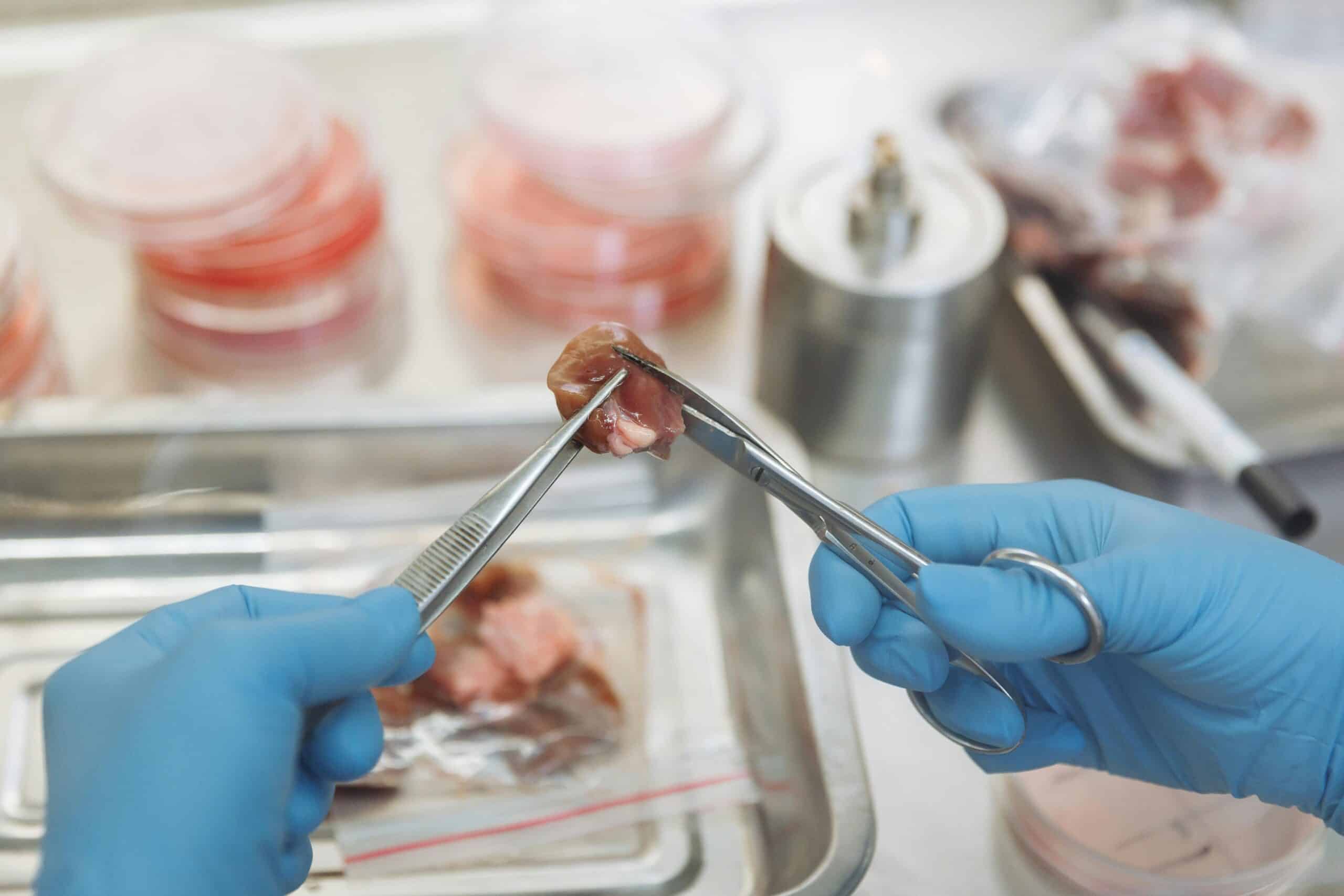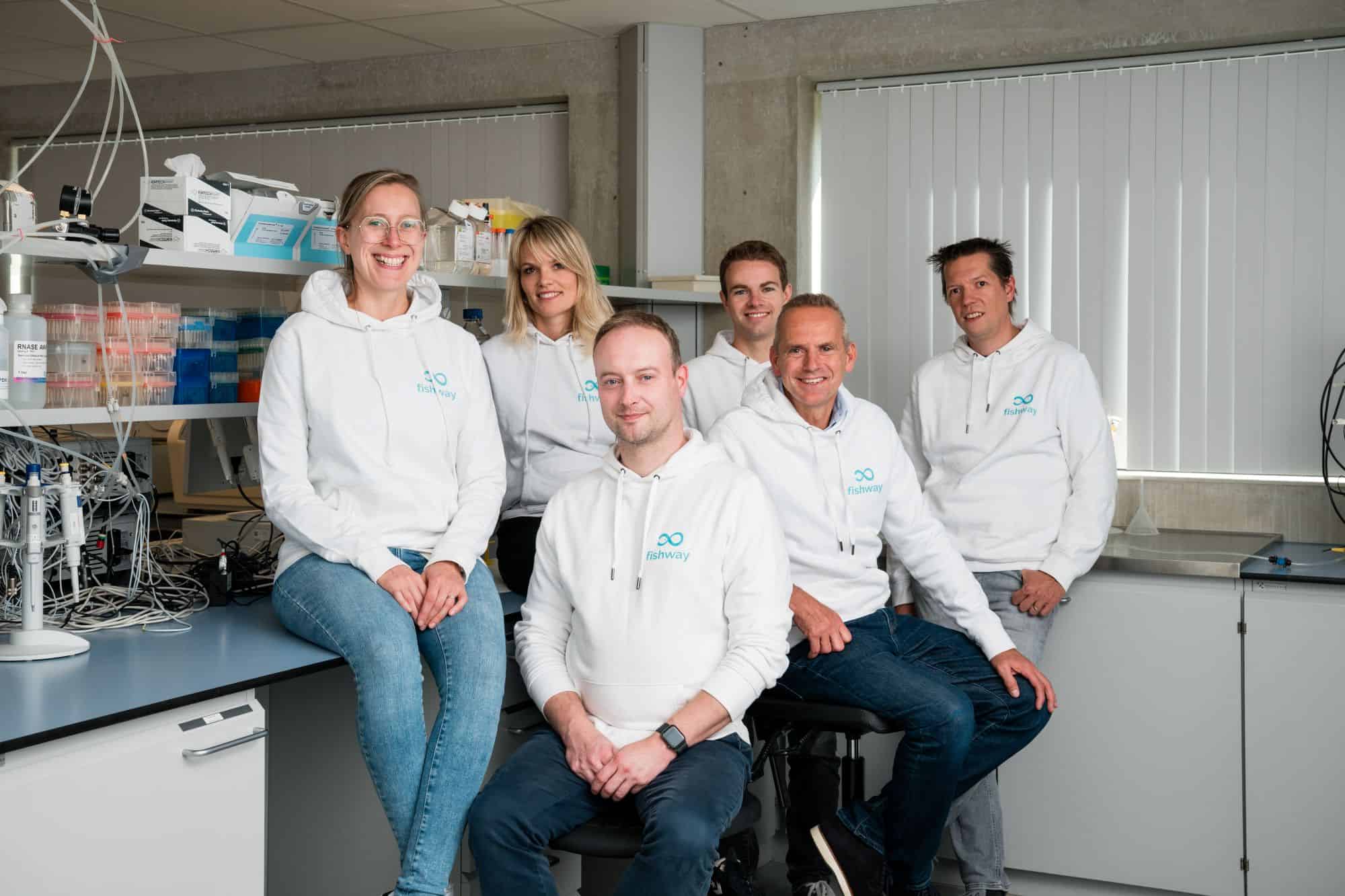A new study has described the development of edible composite hydrogel films that could be used as scaffolds in cultivated meat production.
Notably, the films are made with curcumin, an antioxidant and coloring agent found in turmeric. This acts as a nutraceutical, flavoring, coloring, and preservative agent.
The films also contain potato starch, κ-carrageenan, and polyvinyl alcohol (PVA), which has GRAS (generally recognized as safe) status for use in food applications in the US. During the gelation process, glycerol and succinic acid are added as plasticizers and cross-linking agents.
The hydrogel films appear to offer a promising and sustainable scaffold for bovine muscle satellite cells, meaning they could potentially be used in cultivated meat production. Optical transparency can be enhanced by increasing the starch content of the films, though this also reduces their mechanical strength.

Addressing limitations
However, the hydrogel films currently have some drawbacks that will need to be addressed before they can be used for large-scale cultivated meat production. For example, they may limit nutrient and oxygen diffusion, particularly in multilayered cultures; this could prevent cultivated meat from achieving the desired thickness.
According to the study authors, future research should focus on improving the mechanical properties, nutrient delivery capabilities, and oxygen diffusion of hydrogels. This would enable the films to better support the maturation and differentiation of bovine muscle satellite cells, improving the scalability and quality of cultivated meat production.
There have been several recent breakthroughs in cultivated meat scaffold technology, with researchers exploring the use of everything from aloe vera to chickpeas. In June, Korean scientists claimed they had developed self-healing hydrogels that enable precise marbling patterns in cultivated meat at scale.
“The primary challenge in cultured meat production is the development of three-dimensional (3D) constructs as edible, mechanically robust, and biologically functional scaffolds that mimic the original skeletal muscle architecture,” says the new study. “Therefore, in our study, we fabricated and characterized edible starch-based polymeric composite hydrogel films as scaffolds, evaluating their physicochemical and mechanical properties.”




